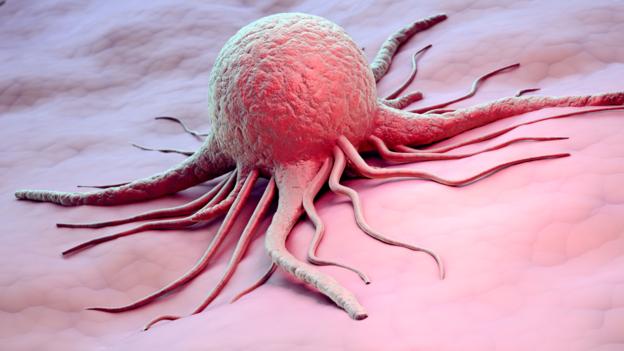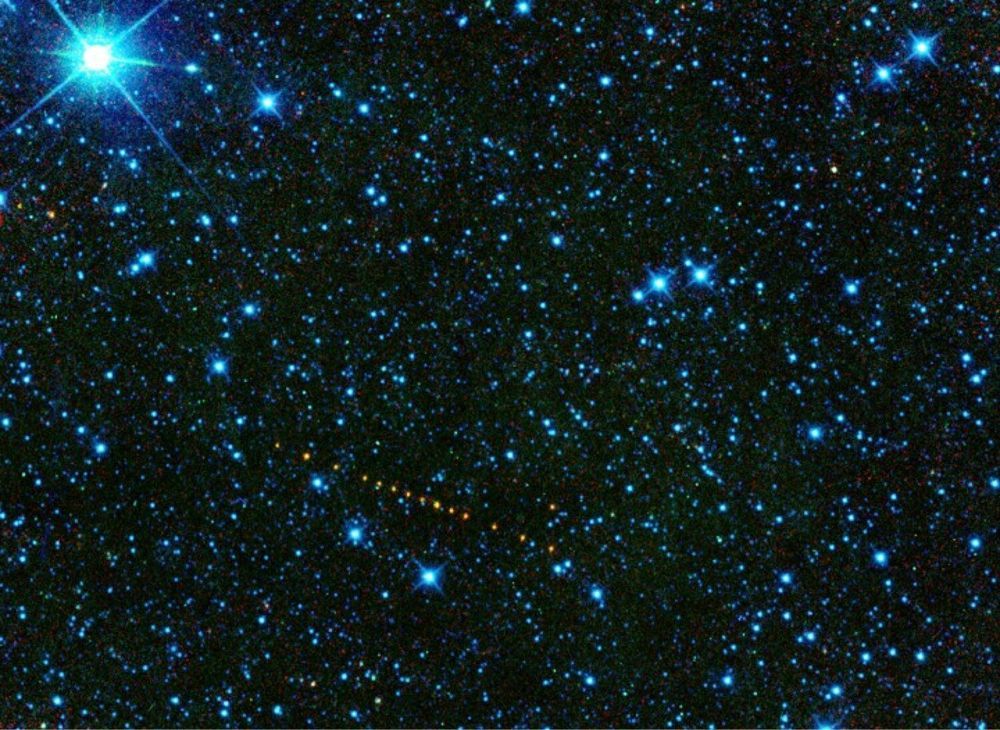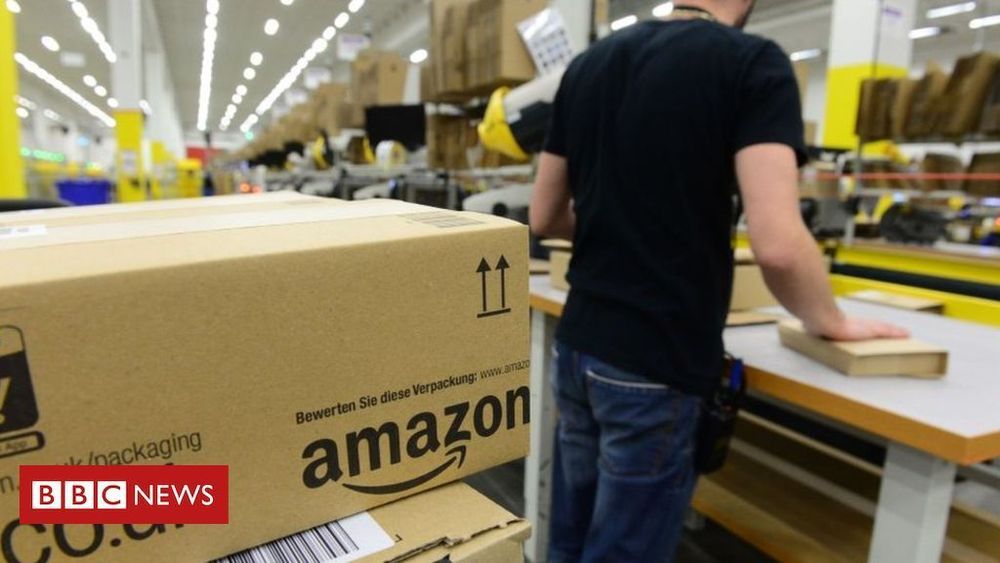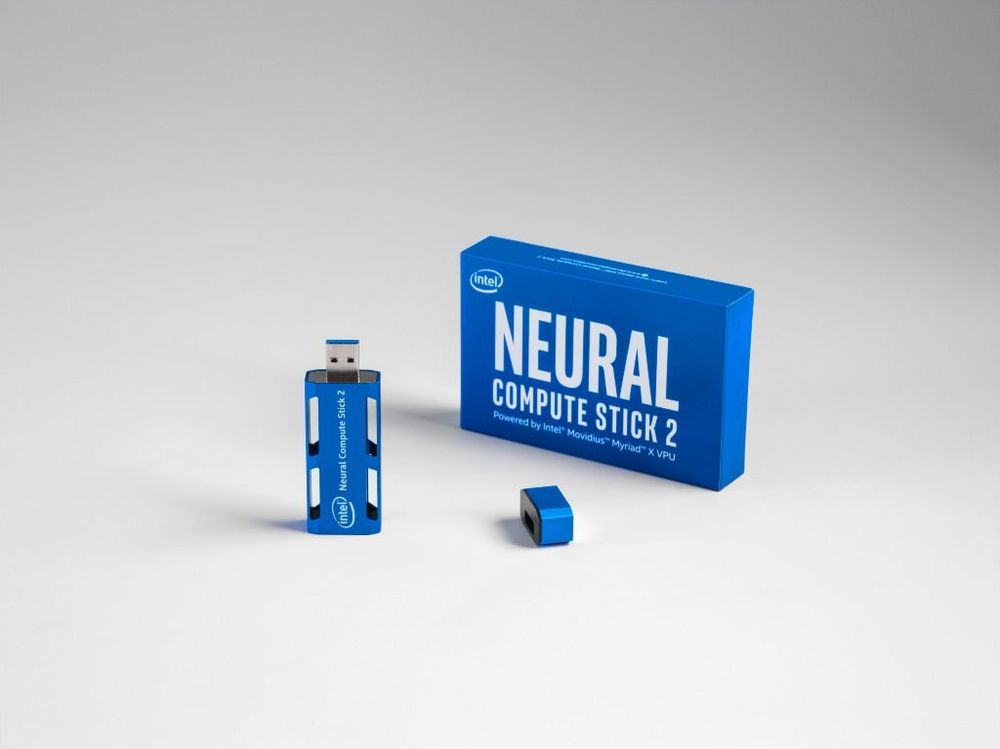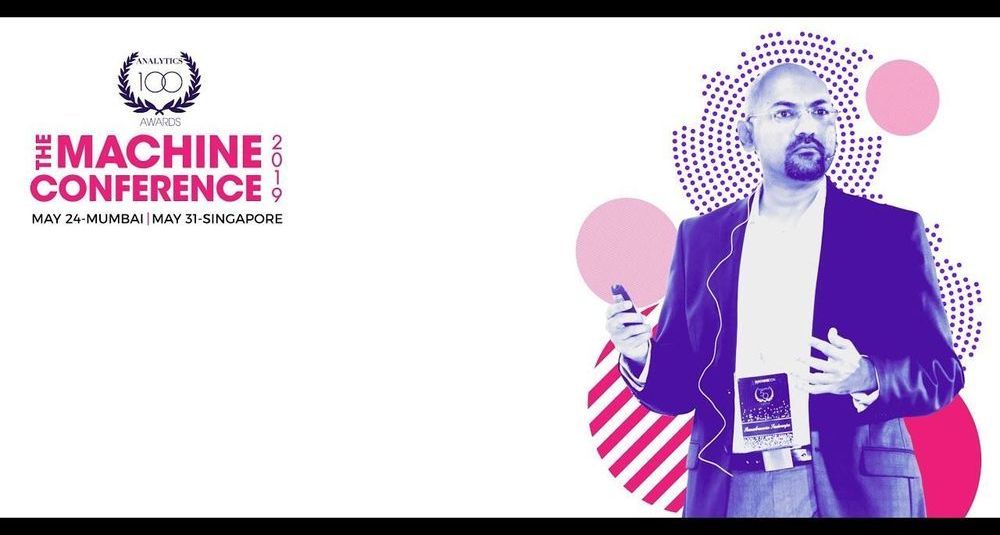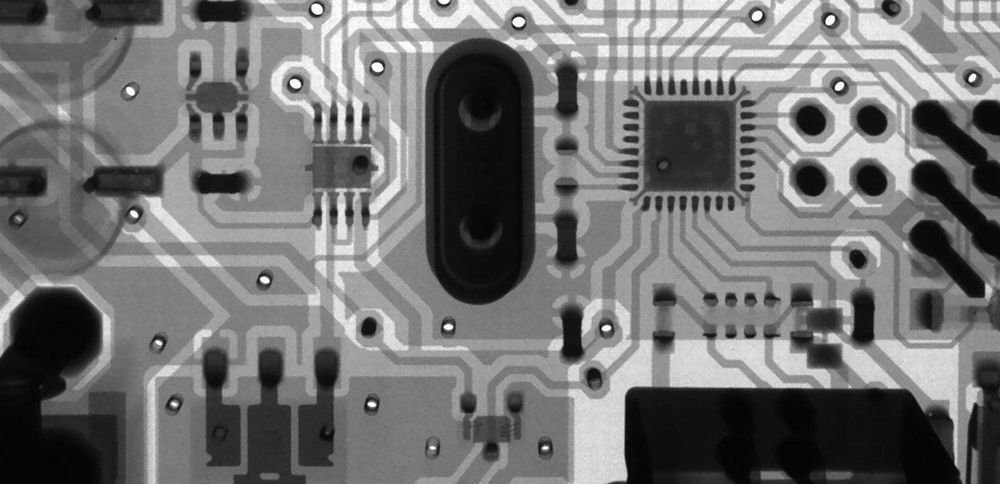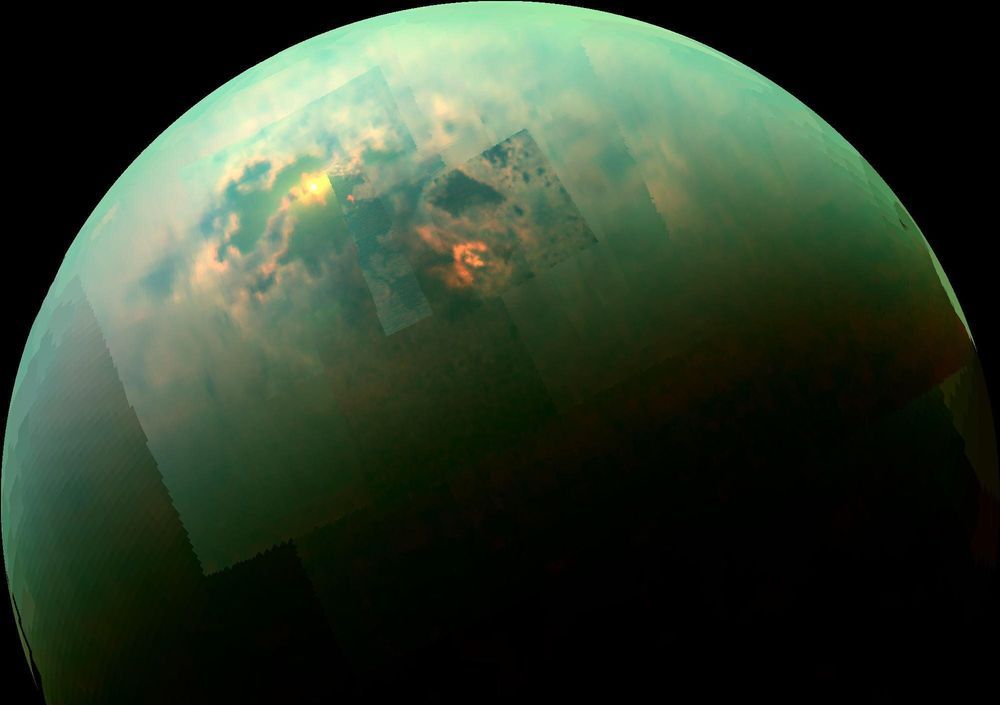The cells inside a tumour change and evolve just like animals in the wild. Understanding how this works could help us stop cancer in its tracks.
It’s big news, set to shock, amaze, and entertain the world.
But unfortunately, it’s got nothing to do with extraterrestrial stoners melding with Earth’s plants.
However, since you’re now reading, you’ll almost certainly be interested in this research that looked into the clicking and sharing behaviors of social media users reading content (or not) and then sharing it on social media.
A mere 17–20 meters across, the Chelyabinsk meteor caused extensive ground damage and numerous injuries when it exploded on impact with Earth’s atmosphere in February 2013.
To prevent another such impact, Amy Mainzer and colleagues use a simple yet ingenious way to spot these tiny near-Earth objects (NEOs) as they hurtle toward the planet. She is the principal investigator of NASA’s asteroid hunting mission at the Jet Propulsion Laboratory in Pasadena, California, and will outline the work of NASA’s Planetary Defense Coordination Office this week at the American Physical Society April Meeting in Denver—including her team’s NEO recognition method and how it will aid the efforts to prevent future Earth impacts.
“If we find an object only a few days from impact, it greatly limits our choices, so in our search efforts we’ve focused on finding NEOs when they are further away from Earth, providing the maximum amount of time and opening up a wider range of mitigation possibilities,” Mainzer said.
Top-rated reviews on popular items are dominated by unknown brands, consumer group Which? finds.
News-Medical speaks to David Dambman from Biosero about the emerging importance of automation in scientific research and how a centralized scheduling software is an essential first step for any laboratory looking to automate their workflow.
Why has automation become so critical to advancing scientific research?
There are many reasons why automation is useful in scientific research. First and foremost, automation is about being able to walk away from your experiments and spend time analyzing your results, rather than carrying out mundane tasks such as transferring liquids from one plate to another.
Training bigger neural networks can be challenging when faced with accelerator memory limits. The size of the datasets being used by machine learning models is very large nowadays. For example, a standard image classification datasets like hashtagged Instagram contains millions of images. With the increasing quality of the images, the memory required will also increase. Today, the memory available on NVIDIA GPUs is only 32 GB.
Therefore, there needs to be a tradeoff between memory allocated for the features in a model and how the network gets activated. It is only understandable why the accelerator memory limit needs to be breached.
Intel and others are investing $13 million in Untether AI, a startup that’s working on a novel type of chip for artificial intelligence that promises to perform neural-network calculations at warp speed.
Speedup: Untether, based in Toronto, Canada, has already developed a prototype device that transfers data between different parts of the chip 1,000 times more quickly than a conventional AI chip. That’s an impressive achievement, but it should be treated cautiously since the prototype is far larger than an actual chip—and because other factors will contribute to the overall performance of the finished device.
Bottleneck: One of the key challenges with modern chips is shuttling data from memory to the units used to perform logical operations. This is especially problematic as the amount of data that chips need to process increases, as is the case with AI applications such as face or voice recognition. Untether uses what’s known as “near-memory computing” to reduce the physical distance between memory and the processing tasks, which speeds up data transfer and lowers power consumption.
On its final flyby of Saturn’s largest moon in 2017, NASA’s Cassini spacecraft gathered radar data revealing that the small liquid lakes in Titan’s northern hemisphere are surprisingly deep, perched atop hills and filled with methane.
The new findings, published April 15 in Nature Astronomy, are the first confirmation of just how deep some of Titan’s lakes are (more than 300 feet, or 100 meters) and of their composition. They provide new information about the way liquid methane rains on, evaporates from and seeps into Titan—the only planetary body in our solar system other than Earth known to have stable liquid on its surface.
Scientists have known that Titan’s hydrologic cycle works similarly to Earth’s—with one major difference. Instead of water evaporating from seas, forming clouds and rain, Titan does it all with methane and ethane. We tend to think of these hydrocarbons as a gas on Earth, unless they’re pressurized in a tank. But Titan is so cold that they behave as liquids, like gasoline at room temperature on our planet.
